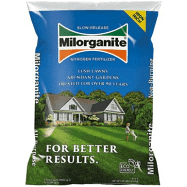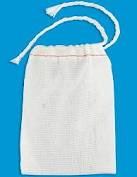Curious what varieties of apple trees are being recommended for cider? Ordered several fruit trees for a small orchard and have only ordered a Franklin so far that will be dedicated to cider. Also considering an older variety of smokehouse or haralson given that they both are supposedly good cider trees.
My other trees are a honeycrisp, snowsweet, and an unknown tree variety. Likely none of these will make a good cider but may work ok as a blend.
My other trees are a honeycrisp, snowsweet, and an unknown tree variety. Likely none of these will make a good cider but may work ok as a blend.






